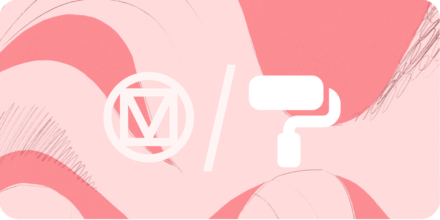21 releases (10 stable)
| 2.4.1 | Nov 13, 2024 |
|---|---|
| 2.3.0 | May 30, 2024 |
| 2.2.0 | Mar 26, 2024 |
| 1.2.1 | Dec 25, 2023 |
| 0.8.2 | Jun 2, 2023 |
#440 in Command line utilities
81 downloads per month
1.5MB
1.5K
SLoC

 Description
Description
Features
- Generate/Export Material You Color Palette:
- Generate a Material You color palette either from an image or a color
- Output the generated palette as JSON to stdout, or use keywords inside templates that get exported as files
- Keyword Filters:
- Use filters to change values of the keywords, like changing lightness for colors and manipulating strings with
replace,to_upper,to_lowerandset_lightness
- Use filters to change values of the keywords, like changing lightness for colors and manipulating strings with
- Custom Keywords/Colors:
- Define your own custom keywords or colors you would like to be harmonized inside the config file, that you can then use in templates
- Palette Customization:
- Customize the contrast and scheme type for the palette
- Restart Apps/Change Wallpaper:
- Restart supported apps and set the wallpaper on Windows, MacOS, Linux and NetBSD
|
If you would like to learn more about the features and configuration, read the wiki here. |
|---|
Other projects
- Mitsugen - For gnome-shell, based on the old version of Matugen
- pywal - More color generation backends, default theme files.
- wpgtk - Like pywal, but with a gui and more features.
 Supported platforms
Supported platforms
- Windows
- Linux
- MacOS
- NetBSD
 Installation
Installation
 Cargo
Cargo

Click to expand
cargo install matugen
 Arch
Arch

Click to expand
Using your favourite AUR helper:
yay -S matugen-bin
 NixOS
NixOS


Click to expand
Add matugen to your flake inputs:
inputs = {
matugen = {
url = "github:/InioX/Matugen";
# If you need a specific version:
ref = "refs/tags/matugen-v0.10.0"
};
# ...
};
Then you can add it to your packages:
let
system = "x86_64-linux";
in {
environment.systemPackages = with pkgs; [
# ...
inputs.matugen.packages.${system}.default
];
}
This flake also provides a NixOS/Home Manager module, which can be imported by adding this in your configuration:
{pkgs, inputs, ...}: {
imports = [
inputs.matugen.nixosModules.default
];
# ...
}
The module does NOT automatically symlink the files. For an example of using this module with Home Manager, see https://github.com/InioX/matugen/issues/28
Option details can be found by reading the module. A search.nixos.org-like option viewer is planned.
 NetBSD
NetBSD

Click to expand
pkgin install matugen
or, if you prefer to build it from source
cd /usr/pkgsrc/graphics/matugen
make install
 Themes
Themes
Templates
 Acknowledgements
Acknowledgements
- material-colors
- wallpaper.rs - Changing wallpaper for Windows
Dependencies
~16–33MB
~454K SLoC

